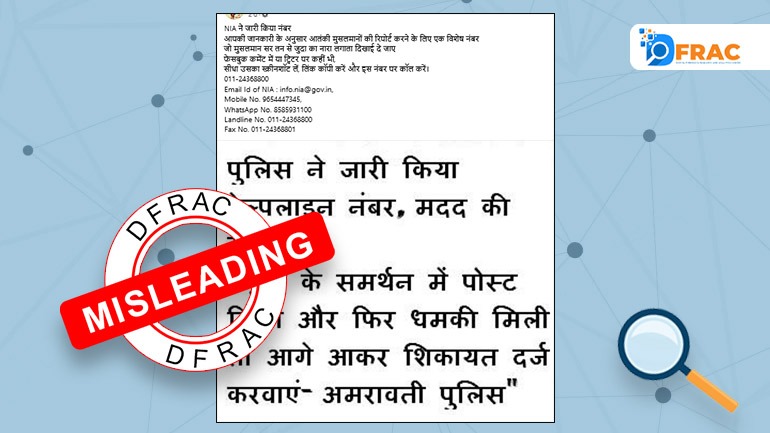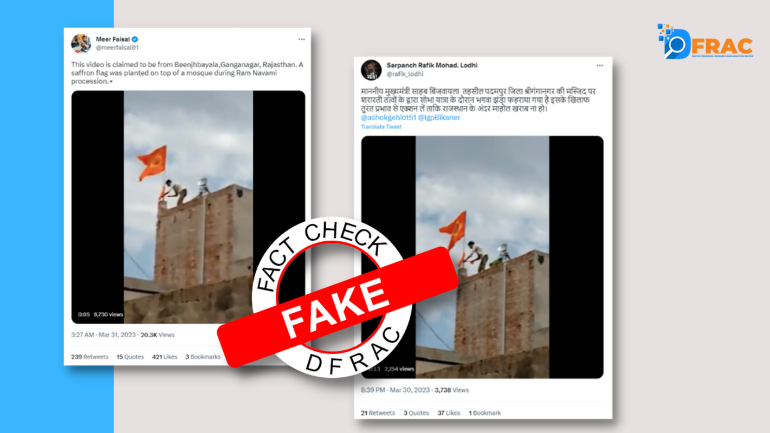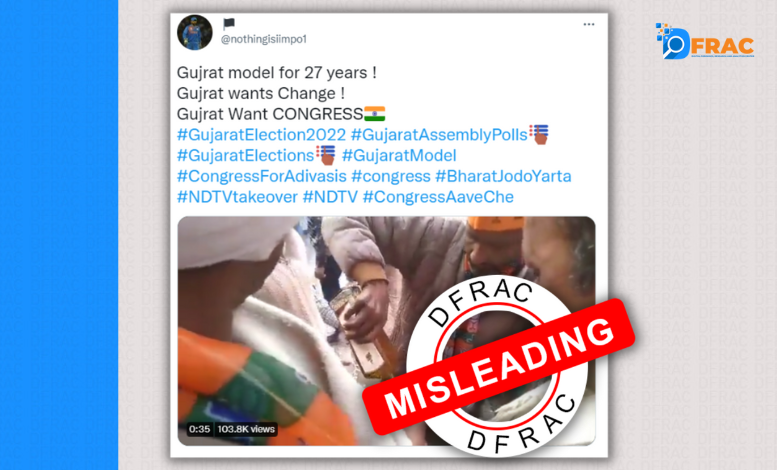As the nation and the world celebrate the 553rd birth anniversary of Shri Guru Nanak Dev this year, the founder of Sikhism and the first of the ten Sikh Gurus, it is essential to address the issue that plagues India’s once-called ‘the land of plenty’, Punjab.
A few years ago in Amritsar, after paying a visit to the historic Jallianwala Bagh, we started walking towards the other part of the road where the Golden Temple (Harmandir Sahib) was situated at a distance of 650 meters. On the way, my partner had a craving for the famous Amritsari chaat. As we stood there waiting for the order I lit up a cigarette and had barely taken a drag when I was told by the locals to put it off, “E Harmandir Sahib Road Aa, Ethe Nasha Na Karo” (It is the sacred Harmandir Sahib road, don’t do drugs here). Immediately out of respect I killed the smoke.
Later, we met a Sikh scholar inside the Temple, who told us that smoking or use of drugs is recorded as being forbidden by all the Sikh writers, who were contemporaries of the 10th Guru.
According to these writers, Guru Govind Singh was once riding with his Sikhs when he suddenly stopped his horse and after dismounting proceeded to rip out a wild tobacco plant. The Sikhs asked why the guru had ripped the plant out and the guru replied that the Sikhs should avoid drugs as it destroys several generations.
It’s not only ironic but extremely sad to learn that on the outskirts of this holy city lies Maqboolpura, a semi-urban locality referred to as the ‘place of widows’ by both the national and international media for the large number of deaths caused by drug abuse.
Maqboolpura offers a window into a drug epidemic that the government and the United Nation officials say is gripping youth across Punjab.
Punjab which bloomed during the green revolution later lost a generation to insurgency and today the entire generation is threatened to get wiped out by drugs like heroin and other pain-relieving drugs being injected rather than ingested or smoked, further leading to a surge in HIV/AIDS infections. One survey by the state’s department of Social Security Development of Women and Children suggests that as many as 67 percent of rural households in Punjab had at least one drug addict in the family.
66 percent of the school-going students in the state indulge in drugs. Worse, there is at least one death due to drug overdose each week in the region. Every third male and every tenth female student has abused one drug or the other.
The survey also revealed that most drug addicts belong to the 16-35 age group. Also with Punjab sharing a 550-km boundary with Pakistan, a large quantity of Afghani drugs also gets smuggled into the state.
Many girls have also started falling prey to this deadly drug. According to information, women have also joined in selling drugs in many towns and villages, which has eased the delivery of drugs to addicts in households.
Children of prosperous families have come into the grip of drugs. Many drug addicts have even sold the jewellery and valuables of their homes for intoxication. There are lakhs of such families in Punjab, who have become victims of inner conflicts and believe that drugs have taken away the happiness, peace, and honor of their homes. Earlier, opium and poppy were used in Punjab and when the police took strict action to eliminate them, then chitta (white drug substances) entered Punjab, and the sale of intoxicants like heroin and smack boomed. The situation is so bad that drug overdose is causing deaths in the state every day.
Politicians in the state blame their international neighbour for the menace but the youth are the responsibility of the nation and the blame game will only push the problem further.
The former deputy chief minister of Punjab Sukhbir Singh Badal had once said in an interview that his government had set up an anti-drug force and rehabilitation centers. Punjab has a new government now, but researchers say there is little consensus on how to tackle the problem. Merely blaming Pakistan will not help.
The current situation in Punjab is reminiscent of 17th century China. The addiction of opium hollowed out the entire governance system of China and kept it in constant war and poverty for two hundred years. Even had to accept foreign hegemony, give up their land and make outrageous agreements. Its revival could take place only after the 1945-49 revolution. How will Punjab be able to get back on the path of revival and how much more will it have to pay for that is the big question. In the 15th century, Guru Nanak Dev started the movement of public awareness to get rid of social evils, showing a new light. Along with the efforts of the government, is there a need for any social reform movement again?
With the Bharatiya Janata Party-led government at the Center and Aam Aadmi Party ruling the state, the issue of an entire young generation with scabbed fingertips, puss-filled injection holes on arms, and skin peeling off under the eyes needs immediate attention by exercising better coordination.
Apart from exercising political will, leaders and people must remind themselves about the words of wisdom that their Gurus bestowed upon them to end the menace engulfing youth.
And till such time, the land of plenty will continue to reap the bitter harvest.





